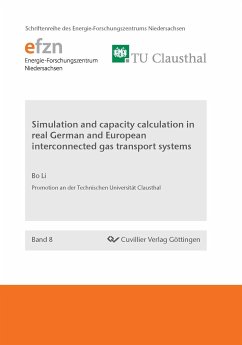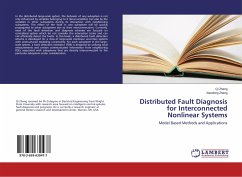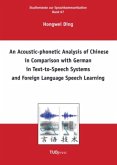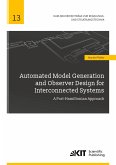The whole supply chain of natural gas, from the gas well through several kinds of elements to final customers, creates an integrated and complex network system. Such complex systems in Europe are owned and operated by different companies. The legal framework of liberalization of the energy markets requires gas network operators to publish flow capacities at their entry and exit stations. In combination with publicly available knowledge about the gas transportation infrastructures, an overall hydraulic simulation of the gas flows over Germany and Europe becomes possible. Considering the logistics and integrity of the natural gas supply system, it is obvious that such models are significant to present the overall gas flow, assess detailed infrastructures and analyze emergency situations based on national or European levels and from a technical point of view. In this thesis, the author depicts the workflow and methodologies of modeling such large scale and complex gas grids, using the German H-gas system as an example. The established model is able to simulate the major gas transmission systems in Germany, with consideration of the storage facilities. The modeling work is described in this thesis from three major aspects: the creation of network topology, the definition of simulation scenarios and the methodologies for capacity calculations. The author further explains in detail the integration of available databases and some simplification and assumption approaches developed for the modeling work. By investigating on German gas consumption sectors and gas demand behaviors over years, various scenarios are defined and simulated. Through the simulations, the technical potentials for both individual entry / exit points and the nationwide grid can be analyzed. The investigation in this thesis also illustrates several case studies to technically evaluate new infrastructures and German ¿energy transformation¿ technologies (e.g. synthetic methane from ¿Power¿töGas¿ projects and ¿Nuclear Moratorium¿). Some bottleneck areas in the existing gas transmission system under such newly developed conditions are presented in the model, which could provide good reference information for future pipeline grid extension and facilities enhancement.
Hinweis: Dieser Artikel kann nur an eine deutsche Lieferadresse ausgeliefert werden.
Hinweis: Dieser Artikel kann nur an eine deutsche Lieferadresse ausgeliefert werden.








